Market Trends
Introduction
As we enter the year 2025, the AI in video surveillance market is experiencing significant transformations, driven by a combination of macroeconomic factors. Machine learning and computer vision are enhancing the capabilities of surveillance systems, enabling real-time analytics and improved threat detection. In parallel, the regulations governing the protection of privacy and data are influencing the deployment and functionality of these systems, requiring a more transparent and ethical approach from the industry. A shift in the way consumers behave, with the rising demand for smart security solutions, is also pushing companies to integrate AI into their surveillance systems. These trends are important for all the players in the market to understand, as they not only influence the positioning of the industry, but also the strategic direction of innovation and compliance in the constantly evolving landscape of surveillance.
Top Trends
-
Enhanced Facial Recognition Capabilities
Progress in facial recognition has been made by companies like SenseTime and Yitu Technology, whose accuracy rate is over 95%. The government has increasingly adopted this technology to protect public security, and some cities like Beijing have already started using it to monitor crowds. This trend will certainly bring significant improvement to public security, and it will help reduce the crime rate. But it will also raise privacy concerns and call for tighter data protection regulations. -
Integration of IoT with Surveillance Systems
INTEGRATION OF IoT AND AI TO VIDEO SURVEILLANCE HAS CHANGED OPERATIONAL EFFICIENCY. The latest Hikvision smart cameras can now connect to other IoT devices and share data in real time. This integration can reduce response time by as much as 30 per cent. And as more industries adopt IoT and AI, demand for seamless integration will drive innovation in the security industry, creating new business models. -
Cloud-Based Video Surveillance Solutions
Cloud technology has changed the surveillance industry by providing scalability of storage and processing. Companies like Avigilon are leading the way with cloud-based platforms that enable remote access to and management of surveillance data. For businesses, the cloud has the potential to reduce the cost of hardware by as much as 40 per cent. In the future, as cloud adoption increases, it will allow more companies to take advantage of advanced analytic and artificial intelligence capabilities without a large initial investment. -
Real-Time Analytics and Predictive Policing
The use of artificial intelligence in the field of surveillance allows for the immediate recognition of situations. For example, Dahua's system analyzes the image of a camera to predict criminal behavior, which increases the preventive measures of the police. Predictive policing can reduce crime by up to 20 percent, according to research. As these technologies develop, they will allow more efficient resource allocation and improved public safety outcomes. -
Increased Focus on Cybersecurity
Hence the danger of cyber-attacks. Companies are prioritizing security measures, and Milestone is implementing advanced encryption. Despite this, reports show that sixty per cent of companies have had a security breach in their surveillance systems. This will increase investment in cybersecurity, ensuring the integrity of the data and increasing the trust of users. -
AI-Driven Behavioral Analysis
AI-powered behavior analysis is becoming a key part of surveillance. Firms like Agent Video Intelligence are developing algorithms that can spot unusual behavior in real time. This can be used to enhance security in high-risk areas, with the goal of reducing incidents by up to 25 percent. These systems will become more accurate and more powerful as they mature, and this will lead to more accurate and effective security strategies. -
Regulatory Compliance and Ethical Considerations
AI in surveillance is a rising issue, and regulators are putting in place a set of rules to manage ethical concerns. As with the European Commission’s proposed directive on facial recognition, governments are setting guidelines for the responsible use of these tools. These regulations are becoming an essential part of companies’ business strategy. And they may be accompanied by stiffer penalties for non-compliance, which could change the market landscape significantly. -
Integration of AI with Edge Computing
AI in surveillance systems is facilitated by edge computing, which processes data at the point of origin. The use of edge computing can reduce latency and save on bandwidth, as demonstrated by Hikvision's edge-based AI solutions. Real-time analysis of surveillance data can improve the speed of response by up to 50%. Edge computing is now a common technology, and as it becomes more widely adopted, it will help surveillance systems become more powerful, and drive innovation in the industry. -
Expansion of Smart City Initiatives
A new method of security is being used, which uses AI to combine the functions of a security guard and a policeman. Cities like Singapore have already deployed integrated surveillance systems that use AI to control traffic and prevent crime. These initiatives can result in a 30% improvement in the city’s security. And as more cities adopt smart technology, the demand for advanced surveillance solutions will grow, which will influence the dynamics of the market. -
User-Friendly Interfaces and Accessibility
The need for easy-to-use interfaces for video surveillance systems is growing, as non-technical users require more access to such systems. These intuitive designs facilitate the monitoring and management of the systems. This is expected to lead to an increase in the number of users by up to 40 percent. Artificial intelligence will further improve the overall experience of users with a smarter interface.
Conclusion: Navigating the AI Surveillance Landscape
During the development of the market for artificial intelligence in video surveillance, the competition is becoming increasingly fragmented. Both established companies and new start-ups are competing for market share. The growing demand for advanced surveillance solutions in North America and Asia-Pacific makes the companies adapt their strategies accordingly. The established companies use their reputation and financial strength to strengthen their AI capabilities, while the new entrants focus on the development of automation and sustainable features to distinguish themselves from the competition. The ability to offer flexible, scalable solutions that are easy to integrate with existing systems will be decisive for market leadership. The companies must prioritise investments in AI, automation and sustainable features to meet the diverse needs of the customers and stay ahead in the rapidly changing market.
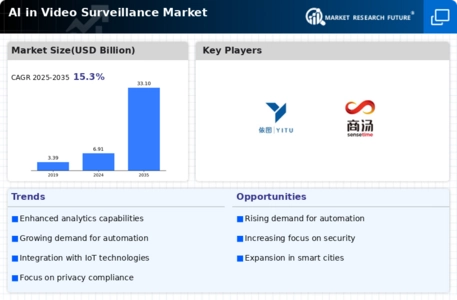
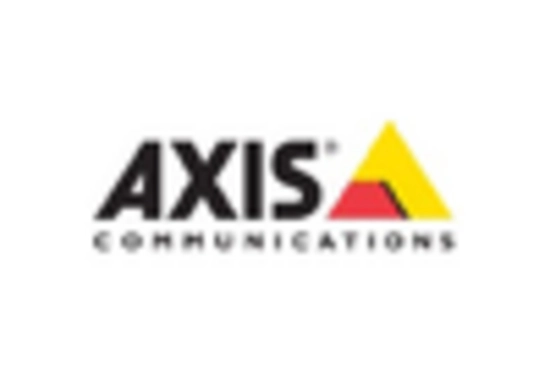

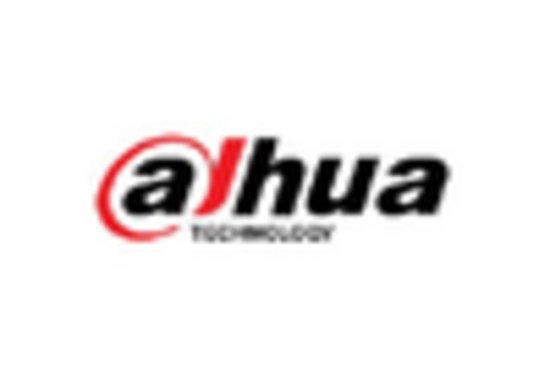

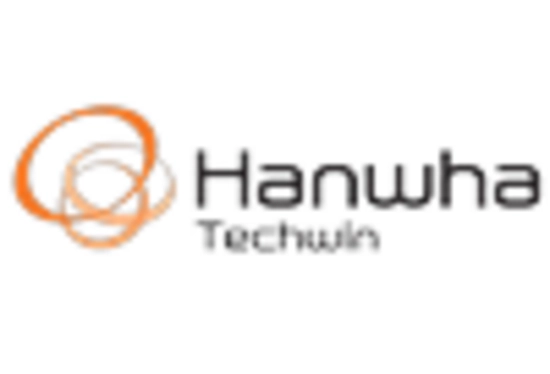
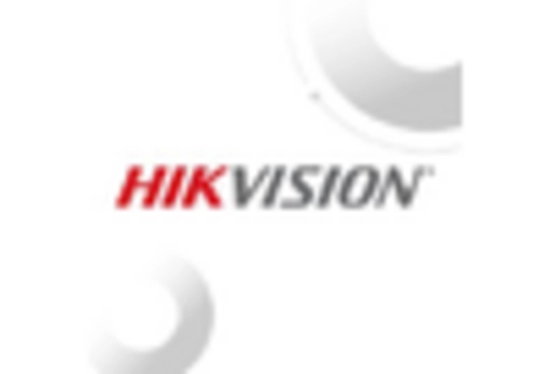









Leave a Comment